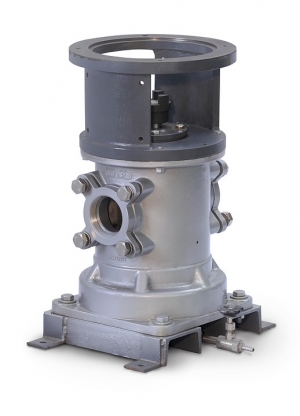
When it comes to creating non-conventional and conventional parts through metal cutting and other machining processes, there are two kinds of machining process available. These processes are conventional machining process and non-conventional machining process. These processes are classified based on the contact made between the work materials used but what really is the difference between these two machining processes?
Since the beginning of invention, man has been using simple machines which have been developed as time goes by.
There is a broad classification of machines depending on the tasks performed and the speed with which it is done. These classifications are conventional and non-conventional machines.
Conventional machines in Toronto are those machines that work only with the help of a human operator and produces conventional parts. Some examples of these machines are small scale welding, small scale molding, lathing and those that are used in making small vehicles.
Non-conventional machines, on the other hand, are those machines that operate automatically with the help of computers and there is no need for human intervention or operator. These are usually controlled by an automatic robot or computers. Examples of operations that uses non-conventional machines are car painting in car manufacturing plants, welding car units and in manufacturing processes where in there is extreme high and low temperature involved that humans cannot withstand.
The method of conventional machining demands that there must be direct contact between the tool and the work material. For instance, a fast rotating cutter made of iron is necessary to cut an aluminum bar. This method requires physical contact of the cutting tool and material that needs to be cut. The process of non-conventional machining, on the other hand, employs modern and latest technology in processing. This process involves no contact between the machine tools and material. Examples of non-conventional tools used are infrared beam, laser beam, electric arc, plasma cutting and electric beam. The differences between the two are as follow: